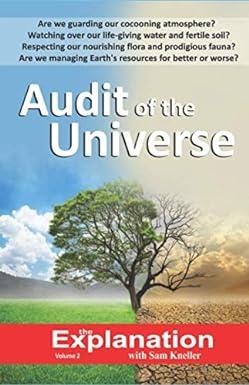Question
Your client needs to prepare financial statements. He gives you the following information. He provides you some dates but some dates he does not know
Your client needs to prepare financial statements. He gives you the following information. He provides you some dates but some dates he does not know but he does give you summarized information for the year total. The name of Joes new landscape business is Yard of the Month.
Joe starts the business on May 1st, 2019 by contributing $7,500, tools valued at $4,800, and a tractor with a $7,000 book value and a $16,840 market value. Joe purchased inventory for resale on May 5 for $4,000 with terms of 2/10, n/30. Joe decided to use the perpetual inventory method. He also elected to use the net method to record credit purchases. Joe paid for half of the inventory on May 15 and the other half on June 10. He sold inventory with a cost of $870 on June 12 with terms of 1/15, n/40 with a gross profit percentage of 60%. Joe decided to use the gross method to record credit sales. The customer paid the full amount owed on June 25. Joe uses the straight-line method to record depreciation expense on the tractor, and uses the units of production method for the tools based on the number of landscape jobs performed. The tractors expected value at the end of its 4-year useful life is $1,000. The tools will be useful for 240 landscape jobs with a zero expected value at the end. There were 25 landscape jobs performed in 2019. On October 31, Joe traded the old, drab tractor for a new, shiny tractor valued at $24,000. In addition to the new truck, Joe paid $1,000 cash and signed a 3-year, $10,000 note payable with stated interest of 6%. The new tractor has zero residual value and has a useful life of 5 years. Throughout the year, Joe mowed and mulched the year away and generated cash revenues of $17,500. He also had credit revenues of $15,000 and collected $5,000. Joe does not offer discounts on credit revenues. Joe tells you that he expects bad debts of 3% of total credit revenues.
REQUIRED:
1. Prepare all needed journal entries including year-end adjusting entries.
2. Post journal entries to T-accounts and calculate account balances
3. Prepare an income statement in good form
4. Prepare a balance sheet in good form
Step by Step Solution
There are 3 Steps involved in it
Step: 1

Get Instant Access to Expert-Tailored Solutions
See step-by-step solutions with expert insights and AI powered tools for academic success
Step: 2

Step: 3

Ace Your Homework with AI
Get the answers you need in no time with our AI-driven, step-by-step assistance
Get Started


